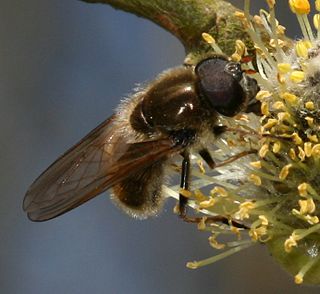
Cheilosia albipila is a European and Palearctic species of hoverfly. Like most Cheilosia it is black, and because of this may often be overlooked as a hoverfly. It is little recorded but probably widespread and common and maybe overlooked because adult flight periods are early in the year, before many hoverfly recorders are active.
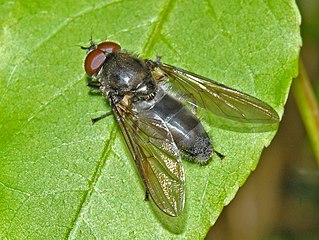
Cheilosia variabilis, common name figwort cheilosia, is a species of hoverfly belonging to the family Syrphidae.
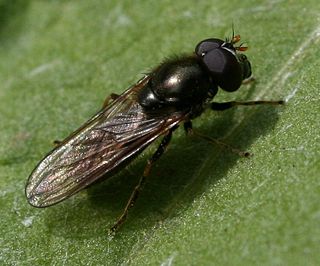
Cheilosia pagana is a Holarctic species of hoverfly. Like most Cheilosia it is black, and because of this may often be overlooked as a hoverfly. One identifying feature is a large red to orange 3rd antennal segment.

Cheilosia grossa is a widespread European species of hoverfly. Adults can be found in spring on sallow catkins and the larvae tunnel in the stems of various thistle species.

Cheilosia bergenstammi is a widespread European species of hoverfly. Adults can be found in summer visiting ragwort flowers and this plant is also the larval hostplant.

Cheilosia impressa is a Palearctic species of hoverfly. Like most members of its genus C. impressa is a rather small, dark insect and identification can be problematic.

Cheilosia antiqua is a European species of hoverfly.
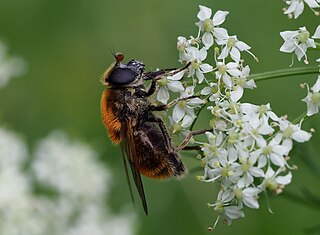
Cheilosia chrysocoma is a European species of hoverfly.

Cheilosia psilophthalma is a Palearctic hoverfly closely related and very similar to Cheilosia latigenis, Cheilosia mutabilis and Cheilosia urbana . It is a rare and little known species recorded from Scandinavia, Ireland, Britain, France, Poland, Switzerland, Greece, Montenegro, Serbia, Ukraine and European Russia. Flowers visited include Acer platanoides, Anemone nemorosa, Primula veris, Prunus spinosa and Salix spp. Cheilosia psilophthalma flies in April and May. Open, grassy areas within sparse woodland and unimproved, montane subalpine grassland are preferred habitats. Larvae are recorded as developing in Hieracium pilosella and Hieracium caespitosum.
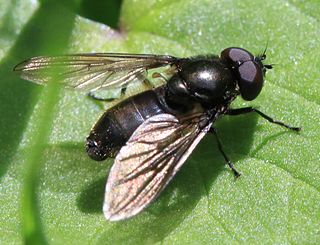
Cheilosia pubera is a Palearctic hoverfly.
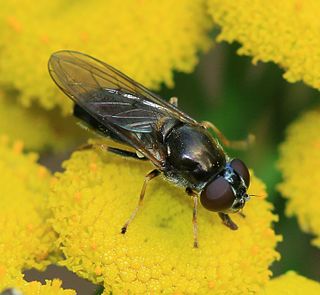
Cheilosia scutellata is a Palearctic hoverfly.
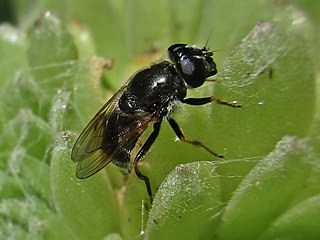
Cheilosia caerulescens is a Palearctic hoverfly.
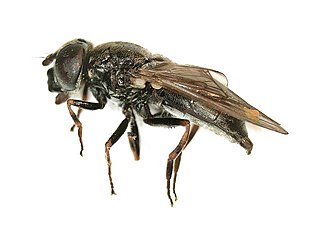
Cheilosia cynocephala is a Palearctic species of hoverfly.
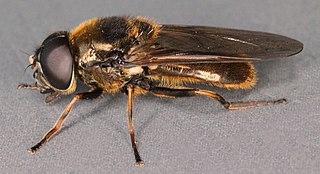
Cheilosia fraterna is a Palearctic hoverfly.
Cheilosia griseiventris is a Palearctic hoverfly. It is not considered as distinct from Cheilosia latifrons by most European workers. It is variously treated in other and older works.
Cheilosia lasiopa is a Palearctic hoverfly. This species was previously misidentified as Cheilosia honesta.
Cheilosia nigripes is a Palearctic hoverfly.

Cheilosia praecox is a Palearctic hoverfly. Speight et al. (1998) indicate that the correct name for this species is C.urbana (Meigen)
Cheilosia sahlbergi is a Palearctic hoverfly.
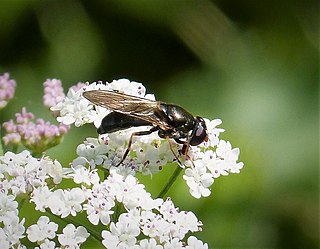
Cheilosia soror is a Palearctic hoverfly.
















